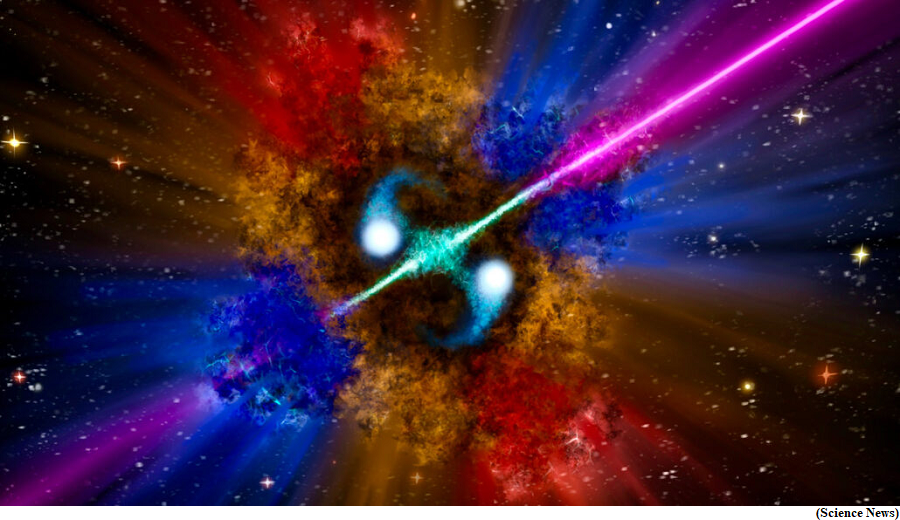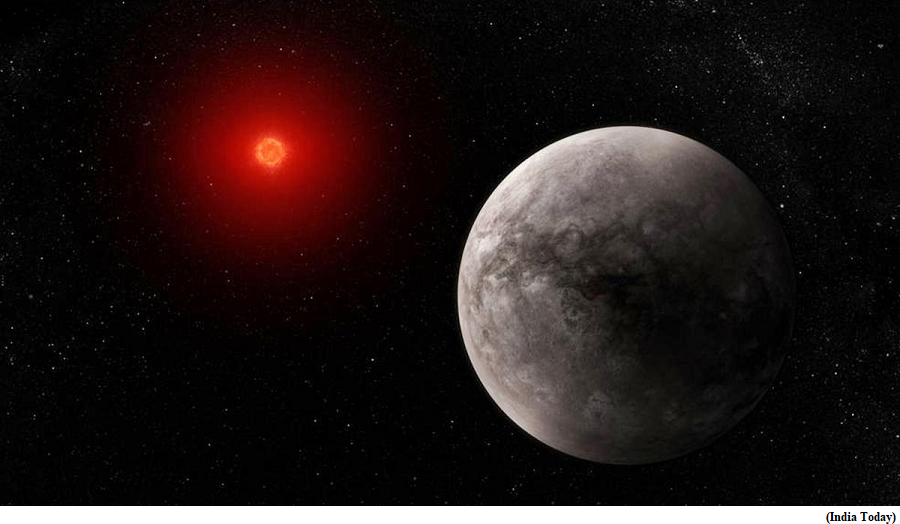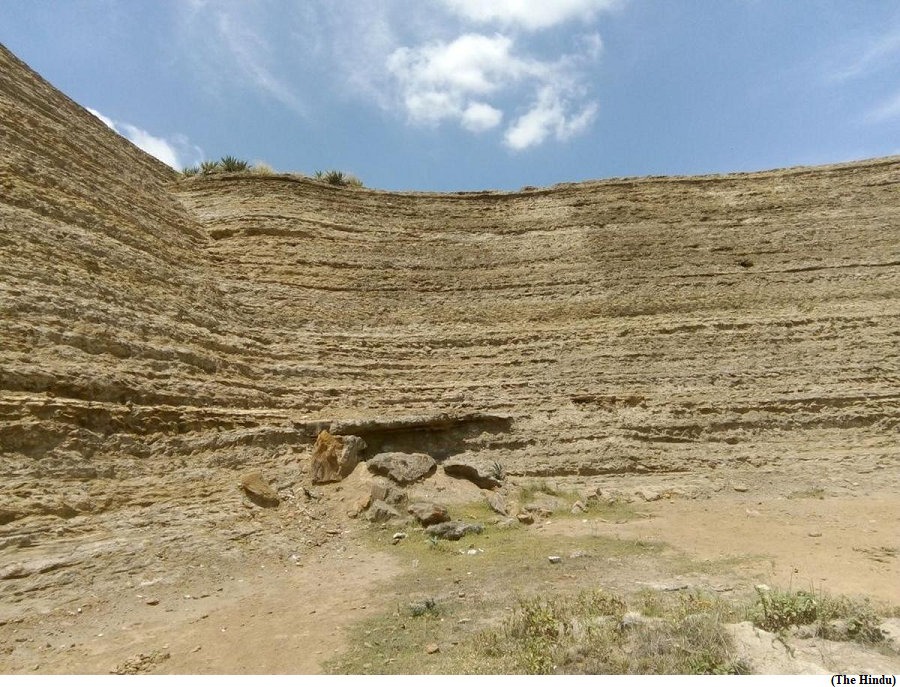Gamma Ray Burst (GRB) (GS Paper 3, Science and Tech)

Why in news?
- When a star reaches its end of life, it goes through a supernova, which is one of the biggest explosions in the universe, and turns into a black hole.
- In October 2022 waves from one of those explosions swept through our Solar System, hitting Earth and triggering sensors across the world.
- Scientists have now analyzed it and revealed that it was the brightest Gamma Ray Burst (GRB) to occur since human civilization began.
What is a Gamma Ray Burst (GRB)?
- When a star much more massive than the Sun runs out of fuel, its core suddenly collapses and forms a black hole. As matter swirls toward the black hole, some of it escapes in the form of two powerful jets that rush outward at almost the speed of light in opposite directions.
- Astronomers only detect a GRB when one of these jets happens to point almost directly toward Earth. When a star much more massive than the Sun runs out of fuel, its core suddenly collapses and forms a black hole.
- As matter swirls toward the black hole, some of it escapes in the form of two powerful jets that rush outward at almost the speed of light in opposite directions.
Recent GRB:
- GRB 221009A blinded most gamma-ray instruments in space due to their high intensity, forcing scientists to reconstruct this information from the data captured by the Fermi Gamma-ray Space Telescope.
- They then compared the results with those from the Russian team working on the Konus instrument on NASA’s Wind spacecraft.
- The waves now termed BOAT (the brightest of all time) had been traveling for about 1.9 billion years before they reached Earth, making it among the closest-known “long” GRBs. Astronomers believe that the burst was the result of the birth of a black hole as a star collapsed.
Conclusion:
- With this type of GRB, astronomers expect to find a brightening supernova a few weeks later, but so far it has proven difficult. But it’s possible the entire star collapsed straight into the black hole instead of exploding
Earth-like planet expected to be habitable turns out to be a burning furnace
(GS Paper 3, Science and Tech)
Why in news?
- Recently, the James Webb Space Telescope has looked at a planet that is Earth-like with a rocky surface.
- The planet is part of the Trappist-1, which comprise the largest batch of Earth-like planets with a high chance of habitability. However, that's not the case with TRAPPIST-1 b.

Key Highlights:
- The James Webb Telescope found that the planet has no atmosphere as it looked to measure the temperature of the rocky exoplanet.
- Astronomers discovered that the planet's dayside has a temperature of about 500 kelvins, which is close to 232 degrees Celsius.
- The team used Webb's Mid-Infrared Instrument (MIRI) to analyse the planet’s thermal emission, the heat energy given off in the form of infrared light.
- This is the first detection of any kind of light emitted by an exoplanet and also marks a milestone in determining whether planets orbiting small active stars like TRAPPIST-1 can sustain atmospheres needed to support life. The lack of an atmosphere would mean no water and no protection from cosmic rays.
Trappist solar system:
TRAPPIST-1 b:
- Because the Trappist system’s innermost planet is bombarded by solar radiation, it’s possible that extra energy is why there’s no atmosphere.
- By using Webb, the US and French scientists were able to measure the change in brightness as the innermost planet moved behind its star and estimate how much-infrared light was emitted from the planet. The change in brightness was minuscule since the Trappist star is more than 1,000 times brighter than this planet.
- TRAPPIST-1 b, the innermost planet, has an orbital distance about one hundredth that of Earth’s and receives about four times the amount of energy that Earth gets from the Sun.
Way Forward:
- More observations are planned, not only of this planet, but the others in the Trappist system.
- Looking at this particular planet in another wavelength could uncover an atmosphere much thinner than Earth’s own.
Australian technology may help generate power from defunct gold mines in KGF
(GS Paper 3, Science and Tech)
Why in news?
- An Australian renewable-energy company’s unique scheme to generate electricity may resuscitate the fortunes of one of India’s iconic but defunct gold mines, namely the Kolar Gold Fields (KGF), in Karnataka.

Details:
- A hiccup that makes renewable energy unreliable, from solar or wind power, is that there is no power during nights or windless days.
- Green Gravity’s idea is to address this challenge by relying on low-tech gravity.
How ‘Green Gravity’ works?
- Their plan is to find defunct mines, which often go hundreds or even thousands of metres deep, and haul a ‘weighted block’ up to the top of the mine shaft using renewable power during the day when such power is available.
- When backup power is required, the heavy block will fall, under gravity, and the ensuing momentum will power a generator via a connected shaft.
- The depth to which the block can slip can be determined via a braking system, thus giving control on the amount of power that can be produced. The same principle underlies the ‘pumped hydropower’ storage.
- Using weighted blocks means that decommissioned mines can be put to use and the environmental costs and challenges of moving water up can be avoided.
Way Forward:
- By using gravity as the fuel, they dispense with consuming the critical water, land, and chemicals which other storage technologies rely on.
- At mines such as at Kolar, up to 100 or even thousands of megawatt-hours of power can be produced.




